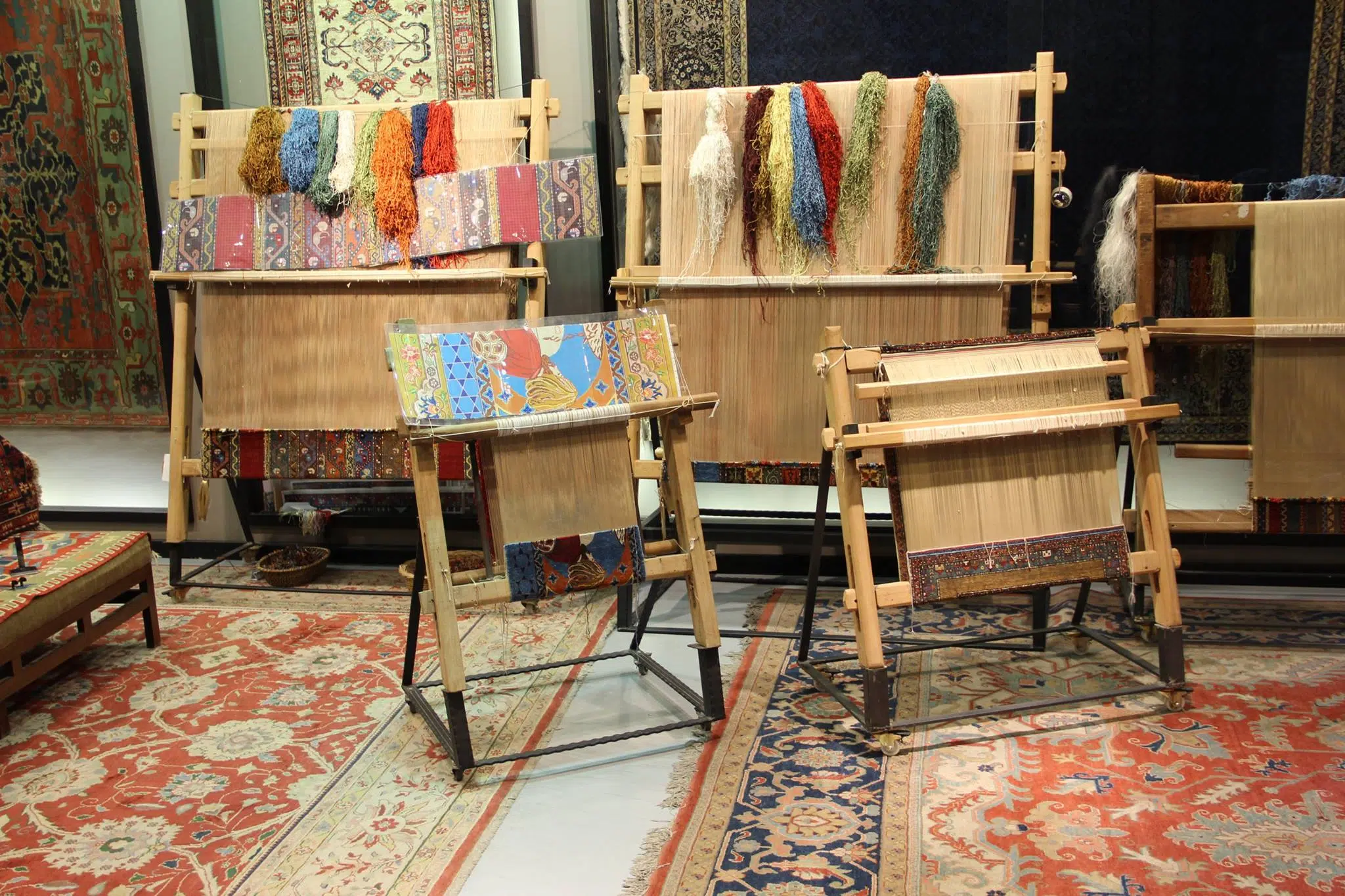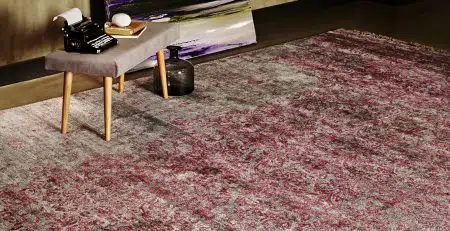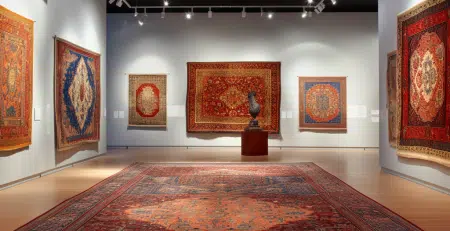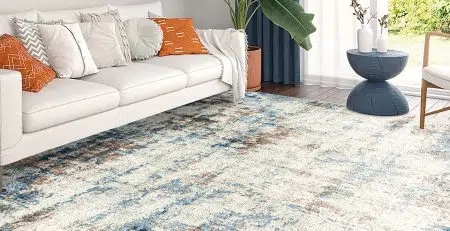From Silk to Wool: The Impact of Materials on Carpet
Beril Yilmaz2023-07-03T07:07:25+00:00Carpet has been an essential part of human civilization for centuries, and over time, the materials used to make them have evolved significantly. From silk to wool, the materials used in carpet production have considerably impacted carpets’ quality, durability, and design.
Of all the beautiful art forms that exist in the world, oriental Turkish carpets are indeed a testament to the incredible talent and skill of the artisans who create them. These carpets are made with the utmost care and precision, using only the finest materials.
Wool, one of the most commonly used materials in Turkish carpet weaving, is sourced from local sheep and prized for its durability, softness, and versatility. Wool fibers allow for a wide range of designs and patterns, making each carpet a unique work of art. Additionally, wool is a sustainable and renewable material, making it an eco-friendly choice.
Silk, on the other hand, is a luxurious and highly valued material. Silk fibers are delicate and require careful handling, but the intricate designs and patterns that can be achieved with silk make it a popular choice for creating high-end, luxury carpets.
In addition to wool and silk, Turkish carpets may also incorporate other materials such as cotton and goat hair. Each material adds its own unique texture and durability to the carpet, resulting in a one-of-a-kind masterpiece.
When choosing a Turkish carpet, it’s essential to consider the materials used and their impact on the overall quality and design. Each carpet reflects the incredible craftsmanship and dedication of the weaver and serves as a reminder of the beauty that can be created through hard work and passion.
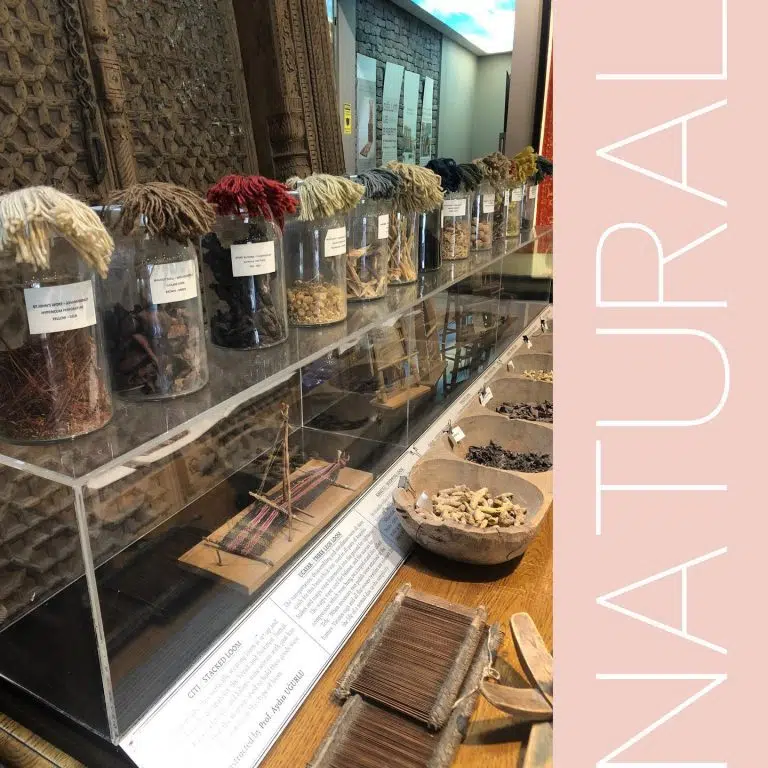
Why Natural Materials? Wool, Silk and Cotton in Turkish Carpet Making
Excellent durability, easy cleaning, and long-lasting cleanliness are vital features of natural materials.
With its excellent durability, softness, and insulating properties, wool is the most commonly used material in Turkish carpet weaving. Additionally, wool carpets are easy to clean and maintain.
Silk is another natural material used in Turkish carpets, prized for its luxurious look and feel and its high luster. Silk carpets are typically more expensive than wool carpets due to the high cost of the material. Still, their designs and patterns make them a popular choice for creating high-end, luxury carpets.
Cotton is often used as a foundation material for Turkish carpets, providing a sturdy base for wool and silk fibers. Cotton is also highly durable and easy to clean, making it an excellent choice for high-traffic areas. In addition, cotton fibers are highly absorbent, making cotton-based carpets effective at trapping dust and dirt, which can help keep indoor air quality high.
Regarding cleanliness, natural materials like wool, silk, and cotton are known for their ability to stay clean longer and be easier to clean than synthetic materials. Wool and silk carpets, for example, are naturally resistant to stains and can be easily cleaned with mild soap and water. Cotton carpets also clean sufficiently and are naturally hypoallergenic, making them an excellent choice for those with allergies or sensitivities.
These materials are sustainable, biodegradable, and have unique qualities that make them ideal for certain applications. They also provide a practical and sustainable choice for homes and businesses alike.

